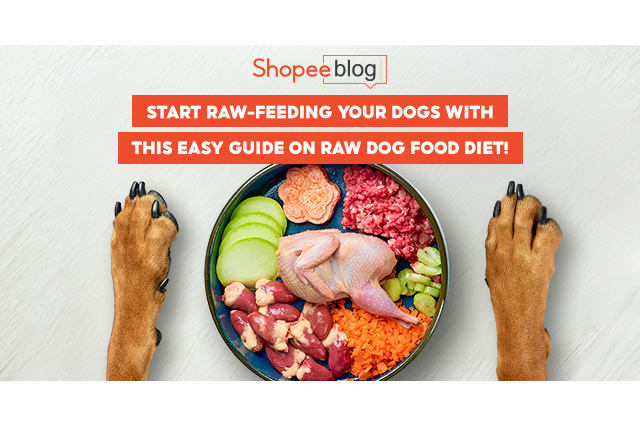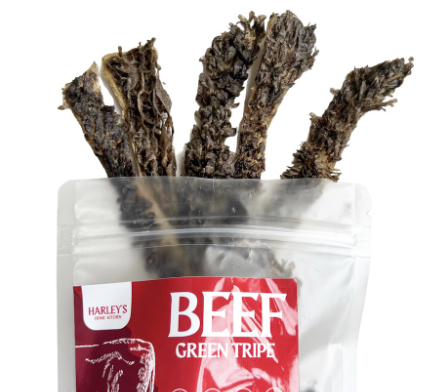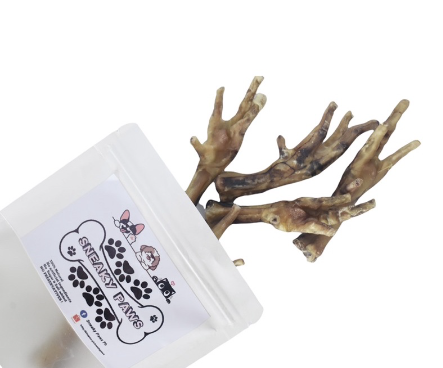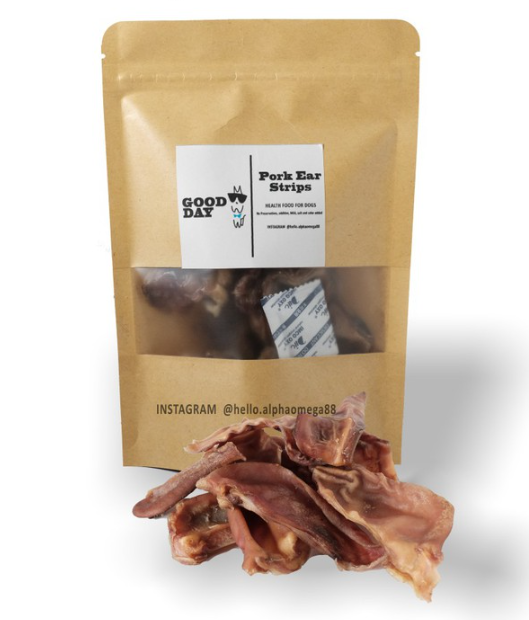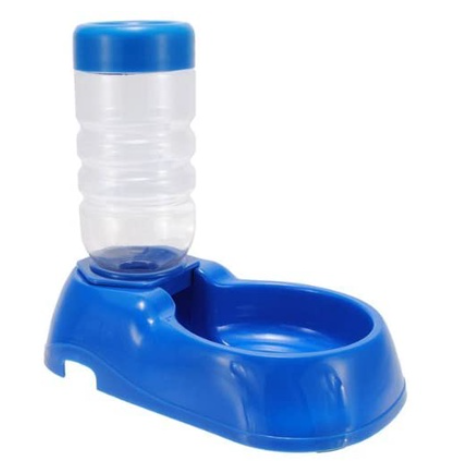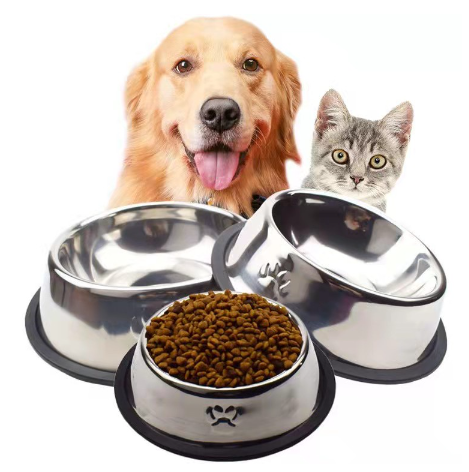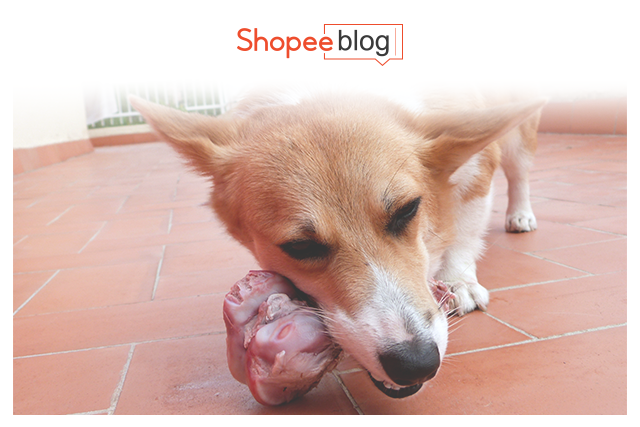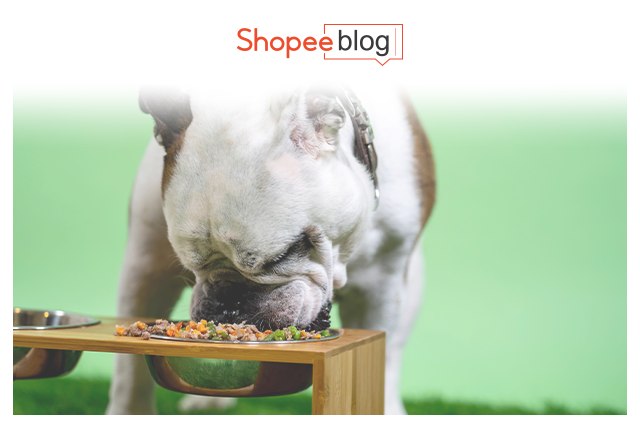Recommended For You
Nothing beats the joy of seeing your dog healthy and thriving in your care. This is why, as fur parents, we go out of our way to make sure we get everything right – including their diets! One dog diet that’s been making rounds on social media is the raw dog food diet, a trend that sparked thousands of reviews and discussions among dog owners for its multiple benefits. Have you been mulling over transitioning your dogs to this diet? Let’s make your decision to go all-natural for your pet easier and check out a basic guide on raw dog food for beginners below!
Why Switch To Raw Dog Food Diet?
First things first – if you’re worried about raw dog food causing more harm than good to your puppers, just remember that dogs are naturally carnivorous beings. In fact, raw feeding is a way to take them back to their carnivorous roots! You’re essentially feeding them food that their bodies are designed to digest. Officially known as the BARF (Biologically Appropriate Raw Food) diet, raw feeding your dogs addresses your dogs’ dietary needs that you can’t get from heavily-processed dog food.
More onto your dog’s dietary needs, another reason to explore raw dog food is that it retains all the good bacteria and enzymes that aid in their digestion and nutrient absorption! Good raw food for dogs brings a lot of potential visible benefits too, including shinier coats, healthier skin, firm and smaller stools, cleaner teeth, and higher energy levels. With your vet’s approval, this diet may even help with a few dog diseases like obesity and diabetes which they get from inappropriate diets. Compared to mass-produced dog food, raw feeding your dogs give you more control of what ingredients and nutrients go into your dog’s meals.
Things To Consider Before Raw Feeding
1. Your Vet’s Approval
What worked for other dogs might not work for your very own pooch. So before you get your dogs into the BARF diet, don’t forget to seek your veterinarian’s go-signal first! This is to ensure that the raw dog food ingredients you’re planning to include in their diet won’t cause stomach upset or aggravate any of your dog’s allergies and medical conditions.
2. Safety Tips
For you and your dog’s safety, take some time to learn how to properly handle raw dog food! Keep raw food in the freezer until you’re ready to prepare them. You can leave raw food out for up to 30 minutes before you store them again. Always disinfect your hands after preparing the meal and wash their dog food bowls after every use to get rid of harmful bacteria.
3. Raw Dog Food Ratio
The BARF diet is all about getting the perfect ratio of several raw food ingredients to prepare a balanced meal for your dog. The ideal BARF model ratio consists of 70% raw meat for dogs, 5% raw liver for dogs,10% soft raw bones, 7% vegetables, 2% seeds or nuts, 1% fruit, and 5% other organ meats such as kidneys and green tripe.
4. What Changes To Expect
Just to put your mind at ease, you should know the signs that your dog is adjusting well to this new diet before you even begin with the transition. If you notice your dog drinking less water during the diet, don’t worry – it’s normal! Raw food contains more moisture than cooked and dry dog food, so they really won’t get as thirsty with raw meals. Another thing to expect is the change in stool after eating the meal. Good raw food for dogs produces softer and smaller stools, and your dog will likely feel the need to poop less frequently.
What Raw Dog Food To Include In Your Doggo’s Diet
1. Muscle Meat
Since the BARF diet mainly consists of meat, the best raw meat for your dogs to eat is boneless, muscle meat. These will provide most of their protein needs as well as amino acids and vitamins for better nutrient absorption. Planning to get raw chicken for your dogs? Chicken breasts are the best part of raw chicken to get for dogs as they contain the most protein and a healthy amount of fat. Add some variety to your meal plans and include pork and beef in their raw dog food! Lean pork and beef in raw dog food diets contain more fat, which is ideal for underweight dogs.
2. Soft and Meaty Bones
You may think twice about adding bones to your dog’s diet, but raw bones for dogs are actually soft enough for them to eat and digest! Soft and meaty raw bones for dogs are a great source of calcium for bone strength and help clean your dog’s teeth and gums. We recommend getting chicken necks, chicken feet, and pork ears, which are all easy for them to eat.
3. Liver and Other Organ Meats
Raw liver for dogs provides the essential amount of vitamin A that they need to improve their vision, skin, and immune function. If your dogs are sensitive to organ meats (or are simply not a fan of them), you can start mixing raw liver for your dog’s raw food at about 2% of the entire meal. You can also add an equal amount of other organ meats like kidneys, green tripes, and brains for added nutrients.
4. Vegetables
Mix a few dog-friendly veggies in your raw dog food to complete their recommended nutrient intake! Most dogs love the sweet taste of carrots and squashes, so those are your safest bet. You can also have them try broccoli, spinach, and leafy greens.
5. Fruits
Fruits and vegetables go hand in hand in just about any diet, so don’t forget to include dog-friendly fruits in their raw meal too! Fruits provide antioxidants, an antiinflammatory agent for dogs. For safe and easy options, add little slices of apples, bananas, and cucumbers.
6. Seeds and Nuts
Complete their balanced meal with the essential minerals and fatty acids from seeds and nuts! Take note that you have to soak and grind raw seeds and nuts before you give them to your dog.
Ways To Transition Your Dog To Raw Dog Food Diet
1. Cold Turkey Method
If you’re convinced that your dog will eat just about any food you give them, you can go save some time and effort by going cold turkey! This means abruptly changing their diet and raw feeding your dogs entirely for their next meal. To do this, fast your dogs for 12 hours before giving them their next meal.
2. Slowly-But-Surely Method
Go slowly but surely for your sensitive dog! Dogs with sensitive stomachs might not be able to take in this complete diet change right off the bat. So ease them into it by feeding them small portions of raw meat as pet treats for about 2 to 3 days. If there are no negative stomach reactions after this period, fast your dog for 12 hours and replace their next meal with raw dog food. Alternate between the raw dog food diet and their original diet and keep their meals 8 to 10 hours apart. Once you see your dog adjusting well after a few days, it’s time to completely switch to raw feeding your dogs!
3. Half-Cooking Method
Picky-eating dogs might also need some time to adjust their palate to raw dog food, especially if they’re used to the aromatic smell and taste of cooked food or kibble. If this struggle feels familiar to you, start with cooking the meat halfway through. Then, gradually cook it less and less every week until it is completely raw.
Final Thoughts: Is Raw Feeding Your Dog Worth It?
As long as you’ve done your research and consulted a veterinarian, changing up your dog’s diet for the better is certainly a sensible thing to do as a pet owner. If all goes well, transitioning your dogs to raw dog food is a big step closer to a healthier and longer life for your fur baby. Especially with the handy guide on raw dog food for beginners above, raw feeding your dogs will feel much less daunting to try! While you’re at it, treat them with healthy food for dogs and explore our wide selection of dog treats and dog food brands on Shopee Philippines!

